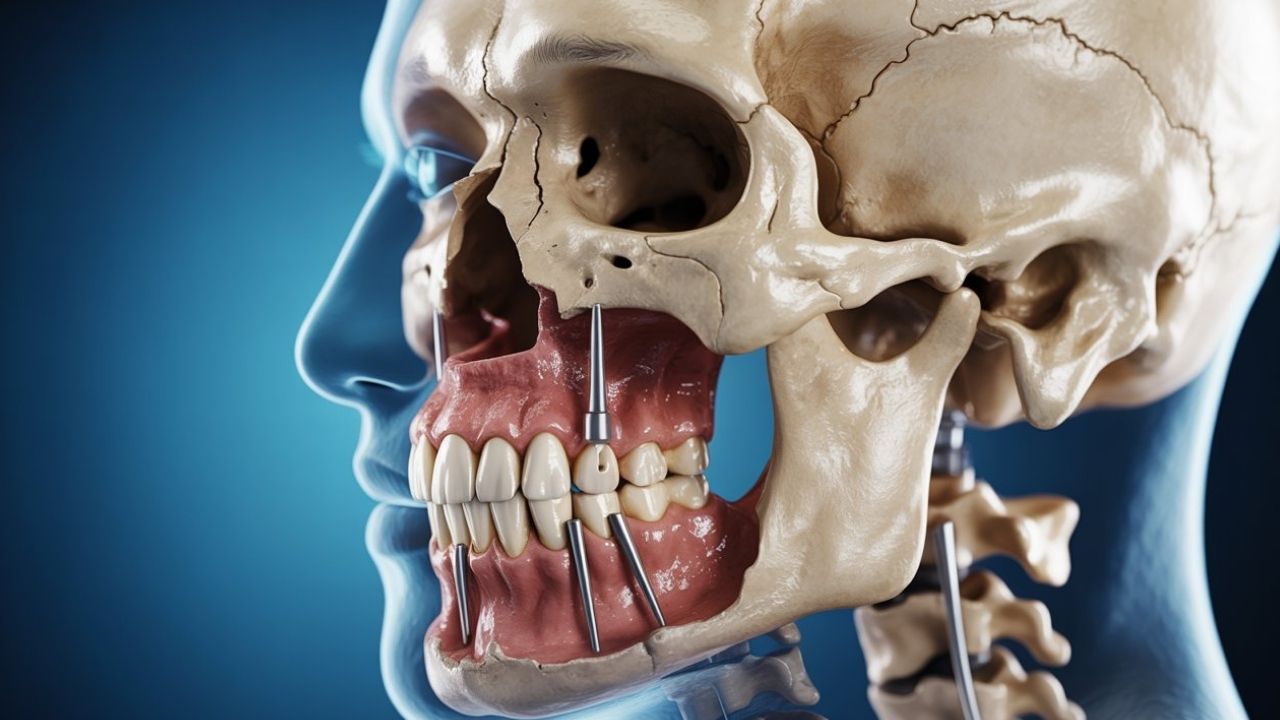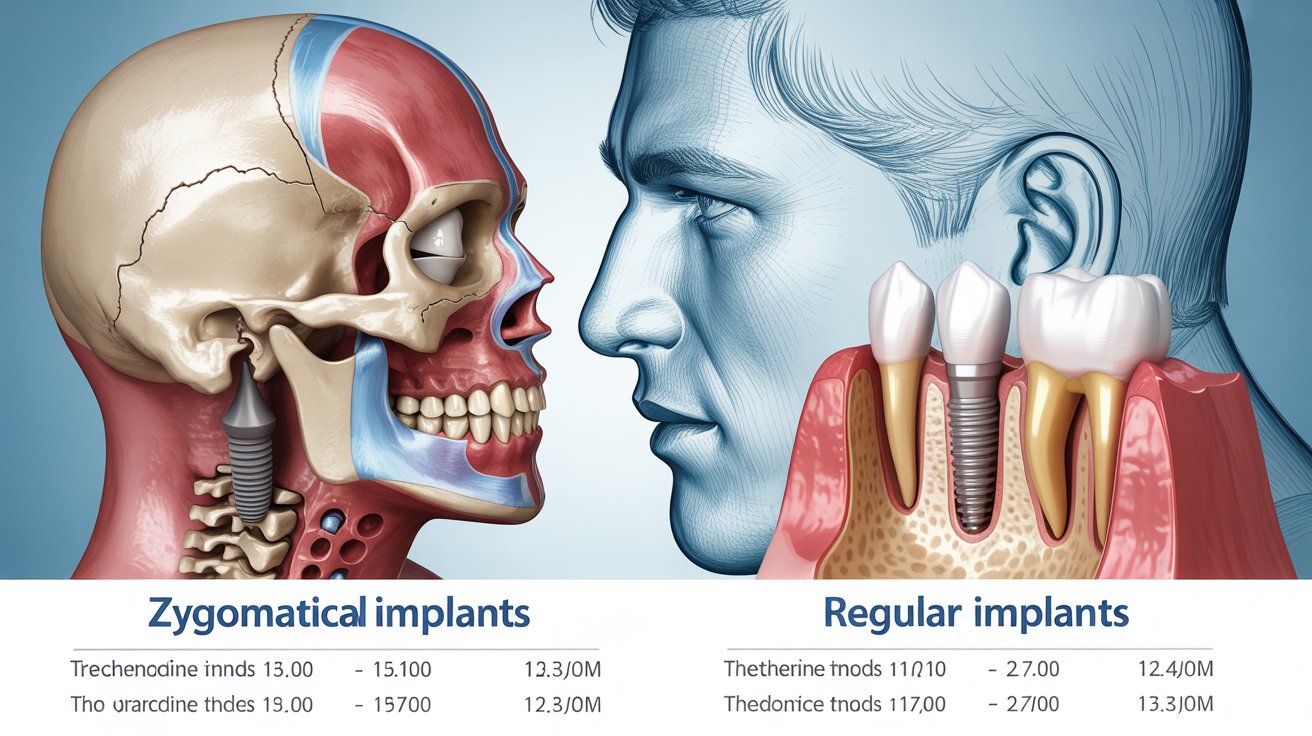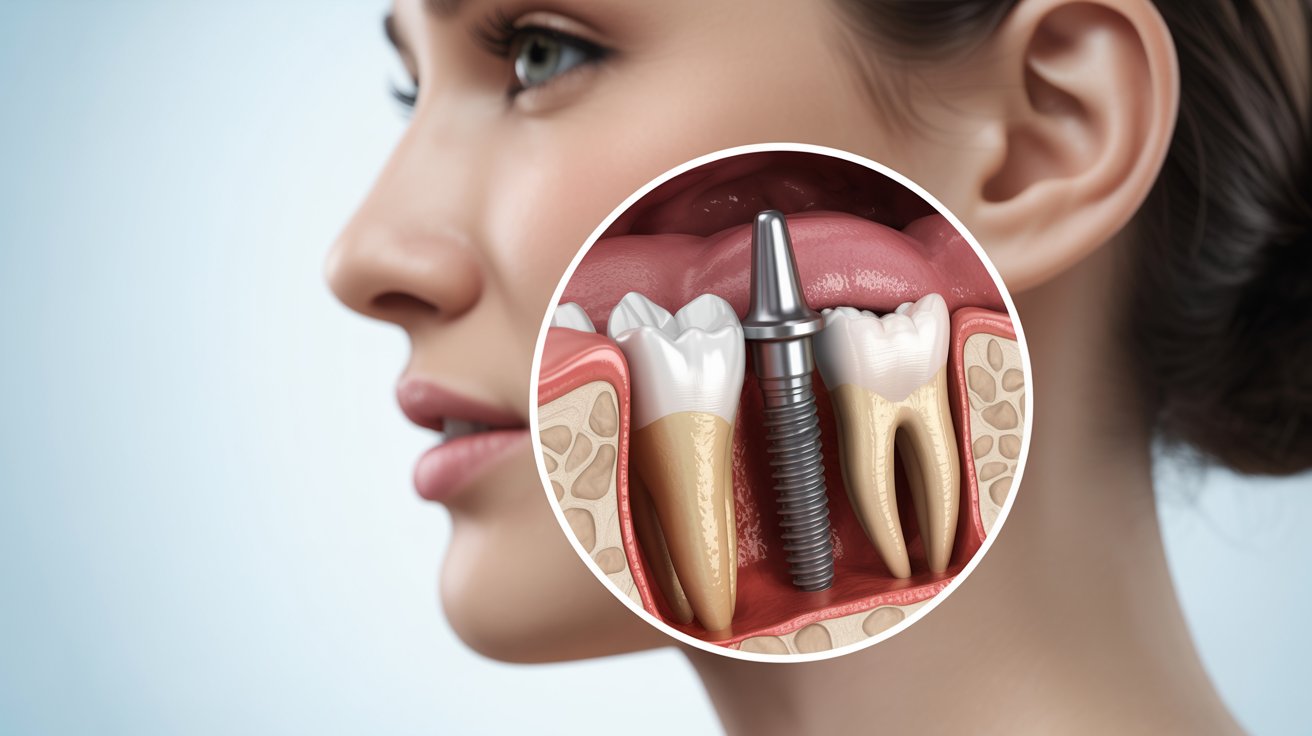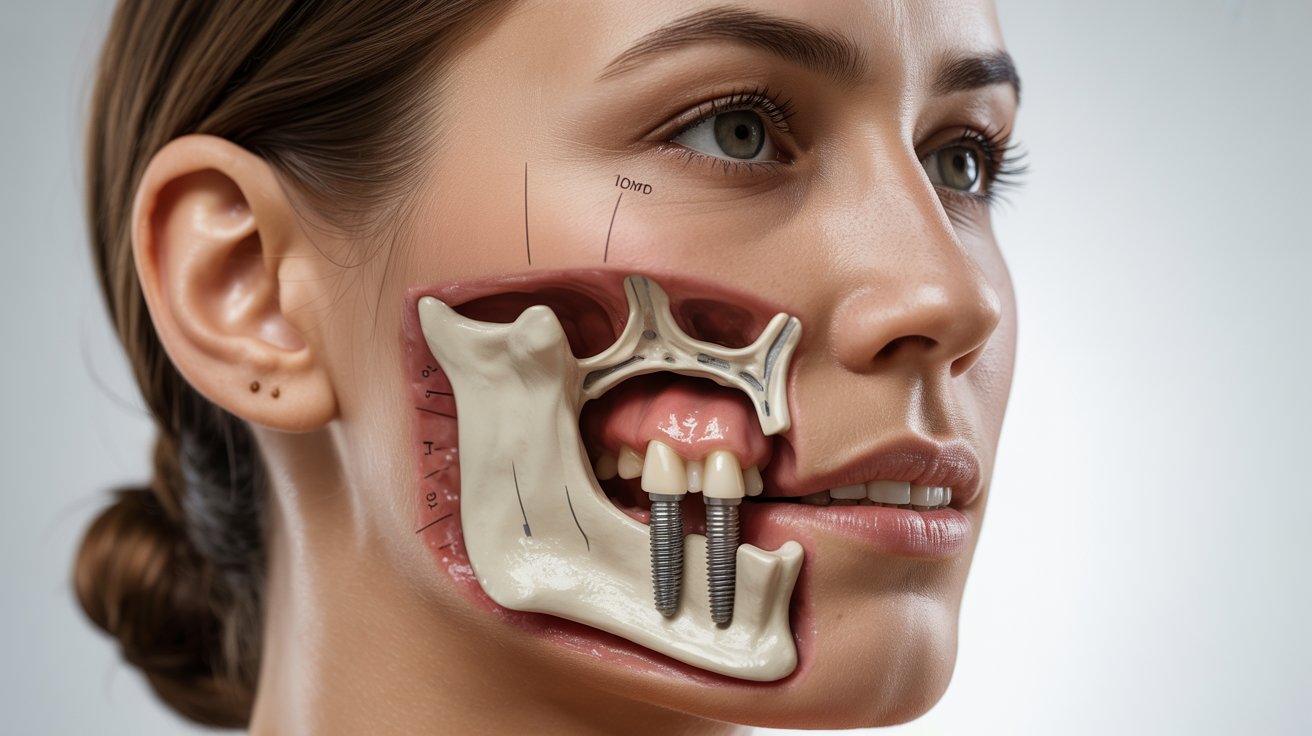Severe bone loss in the upper jaw can make traditional dental implants impossible, leaving many patients without a permanent solution for missing teeth. However, thanks to modern implantology, zygomatic implants now offer a groundbreaking alternative for those who have lost too much bone for conventional methods.
By anchoring into the dense cheekbone, they provide stability, strength, and a second chance at restoring natural oral function and aesthetics. At MaxFax Zygoma Center, our expert surgeons combine advanced 3D imaging, digital planning, and clinical experience to help patients overcome severe bone loss and regain their confidence with lasting results.
What Are Zygomatic Dental Implants?
Zygomatic implants are advanced dental implants specifically designed for patients with severe bone loss in the upper jaw. Unlike conventional implants that rely on the maxillary bone, zygomatic implants anchor securely into the zygoma (cheekbone), which offers superior density and support. This technique allows patients with severe bone loss to regain oral function and aesthetics without complex bone grafting procedures. At MaxFax Zygoma Center, every procedure is guided by 3D imaging and digital planning to ensure the highest precision and safety.
When to Choose Zygomatic Implants for Severe Bone Loss in the Upper Jaw and Tooth Over Regular Ones
Patients facing severe bone loss in the upper jaw often find traditional implants unsuitable without bone grafts or sinus lifts. Zygomatic implants are ideal in such cases, eliminating the need for additional surgeries and reducing recovery time. This treatment benefits individuals who have experienced bone resorption, trauma, or failed implant attempts. By anchoring directly into the cheekbone, zygomatic implants offer stability and restore smiles even in the most complex severe bone loss conditions.
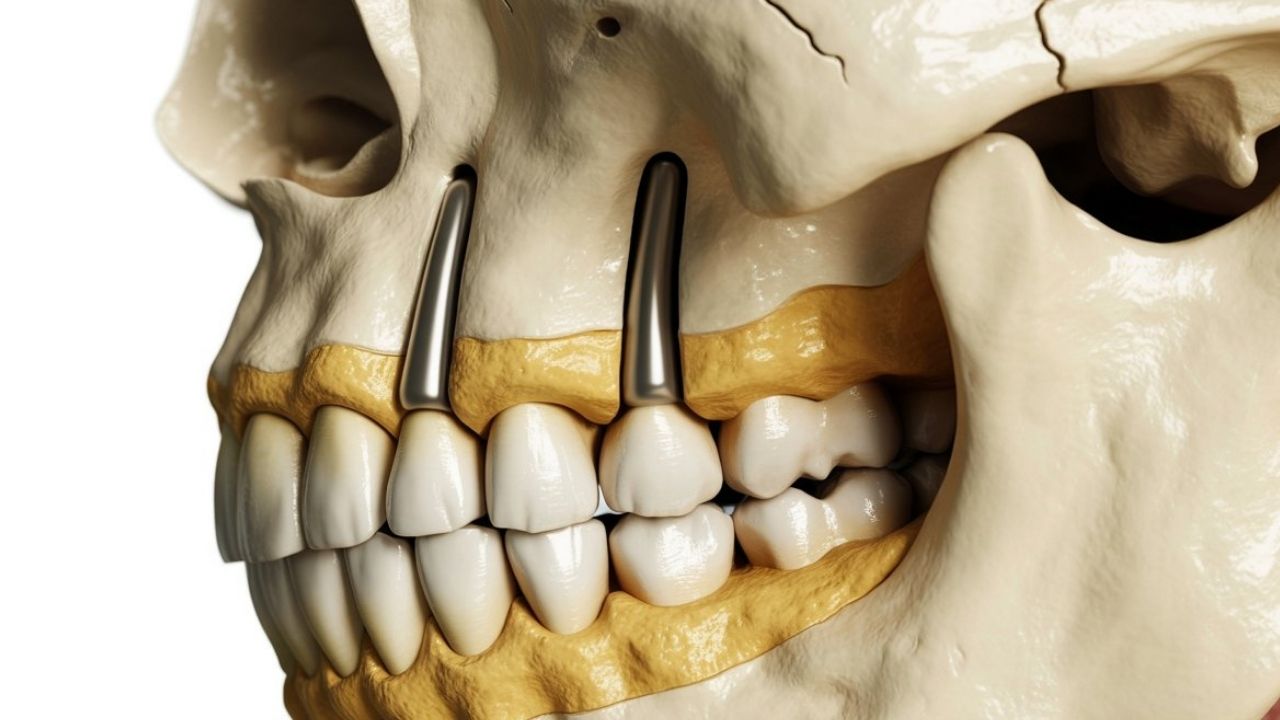
Benefits for Patients with Severe Bone Loss in the Upper Jaw and Tooth
For those suffering from severe bone loss, zygomatic implants offer reliable and aesthetic outcomes that traditional implants cannot achieve. They enable immediate functionality — allowing temporary teeth placement within 24–48 hours — and require no bone grafting. This approach minimizes post-operative discomfort and accelerates recovery. With a long-term success rate of over 97%, zygomatic implants are the gold standard for rehabilitating patients affected by severe bone loss in the upper jaw.
Zygomatic Implant Procedure at MaxFax Zygoma Center
At MaxFax Zygoma Center, each severe bone loss case is treated through a detailed and patient-focused protocol. The process begins with a thorough diagnostic evaluation using 3D CBCT scans and digital treatment planning. Implants are then placed under sedation or anesthesia, engaging the cheekbone for optimal stability. When suitable, patients receive temporary fixed teeth within 1–2 days, followed by a permanent prosthesis that ensures long-term functionality and natural aesthetics.
Why Choose MaxFax Zygoma Center for Zygomatic Implants for Severe Bone Loss?
The MaxFax Zygoma Center is internationally recognized for excellence in treating patients with severe bone loss. Our oral and maxillofacial surgeons specialize in complex implantology, combining clinical expertise with the latest digital technologies. Each patient benefits from a multidisciplinary care team — including prosthodontists and anesthesiologists — dedicated to safety, comfort, and personalized outcomes. We help patients worldwide regain confidence, health, and a natural smile through advanced zygomatic implant procedures.
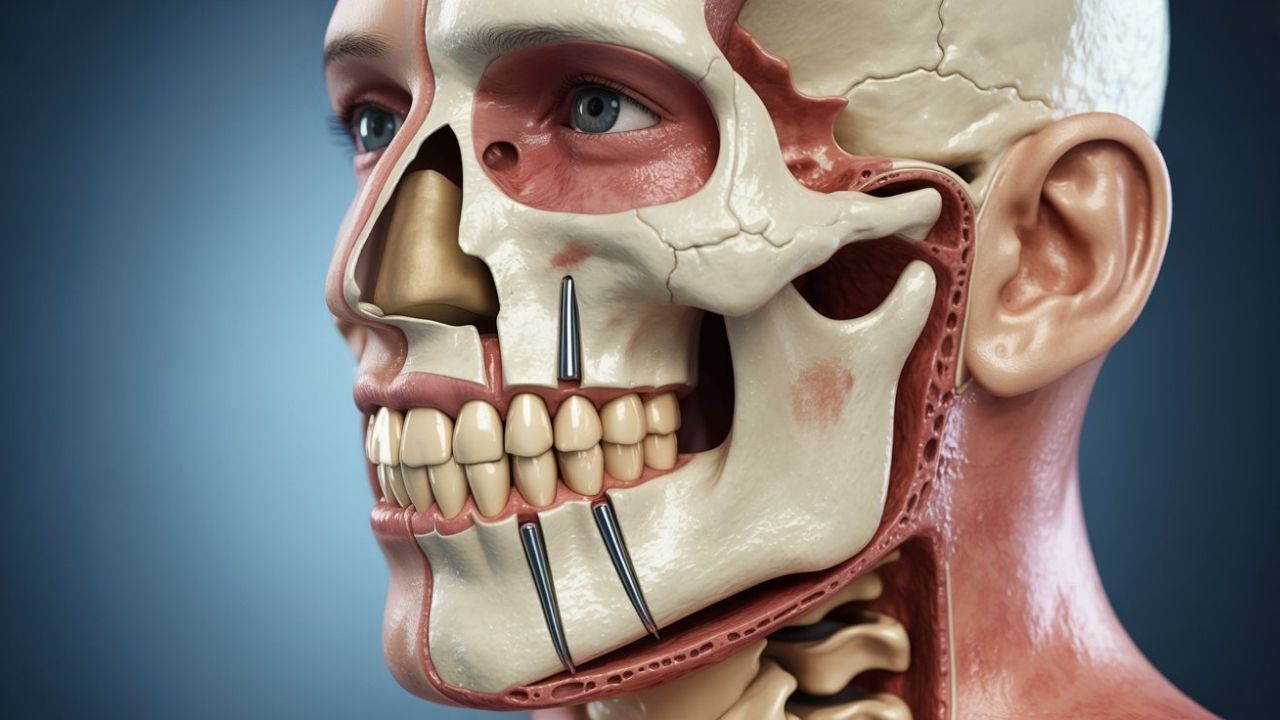
FAQs About Zygomatic Implants for Severe Bone Loss in the Upper Jaw and Tooth
Patients with severe bone loss in the upper jaw or around teeth often wonder whether dental implants are still possible. Traditional implants depend on healthy maxillary bone, which can disappear after long-term tooth loss or gum disease. Fortunately, zygomatic implants offer an advanced alternative by anchoring into the strong cheekbone instead of the weakened jaw. This FAQ section answers the most common questions about jaw bone repair, treatment options, and recovery for people affected by severe bone loss who are considering zygomatic implant therapy at MaxFax Zygoma Center.
Can patients with severe bone loss still get dental implants?
Yes. Zygomatic implants allow patients with severe bone loss in the upper jaw to receive fixed, stable teeth without bone grafting.
How long does recovery take after zygomatic implant surgery?
Most patients recover within just a few days. Since bone grafting is unnecessary, healing is quicker and more comfortable for severe bone loss cases.
Are zygomatic implants permanent?
With proper maintenance and professional follow-ups, zygomatic implants can last for decades, even in patients who once suffered from severe bone loss.
How to repair jaw bone loss?
Jaw bone loss can be repaired using several methods, depending on the severity of bone deterioration. Mild cases may be treated with bone grafting or guided tissue regeneration, while patients with severe bone loss can benefit from advanced solutions such as zygomatic implants. These implants bypass the weakened jawbone and anchor into the cheekbone, offering long-term stability and eliminating the need for complex grafts.
How serious is bone loss in the jaw?
Bone loss in the jaw is a serious condition that can affect chewing, speech, and facial appearance. Over time, severe bone loss can lead to shifting teeth and premature aging of facial features. Early diagnosis and intervention are essential to prevent further deterioration and restore bone support through modern implant solutions.
What is the treatment for bone loss in teeth?
The treatment for bone loss around teeth depends on its extent and cause. Non-surgical treatments like deep cleaning and bone-stimulating medications can help in mild cases. However, when severe bone loss has occurred, bone grafting or zygomatic implant placement is often the best way to restore both bone function and aesthetics.
Can bone loss be restored?
Yes, bone loss can often be restored using regenerative dental techniques. For patients with severe bone loss, traditional bone grafting may not always be successful, making zygomatic implants an excellent alternative. These implants use the strong zygomatic bone as support, enabling full-mouth rehabilitation even when jawbone volume is limited.
What are the stages of jaw bone loss?
Jaw bone loss typically progresses through three stages — mild, moderate, and severe. In mild stages, bone resorption begins around tooth roots, while moderate loss results in tooth instability. During the severe bone loss stage, significant bone structure is lost, requiring advanced surgical options like zygomatic or pterygoid implants for reconstruction.
Can osteonecrosis of the jaw be cured?
Osteonecrosis of the jaw is a complex condition but can be managed effectively with early detection and proper medical care. While complete cure depends on severity, stabilizing bone and preventing further necrosis is achievable. For patients with severe bone loss due to osteonecrosis, specialized implant solutions can sometimes restore function after healing.
